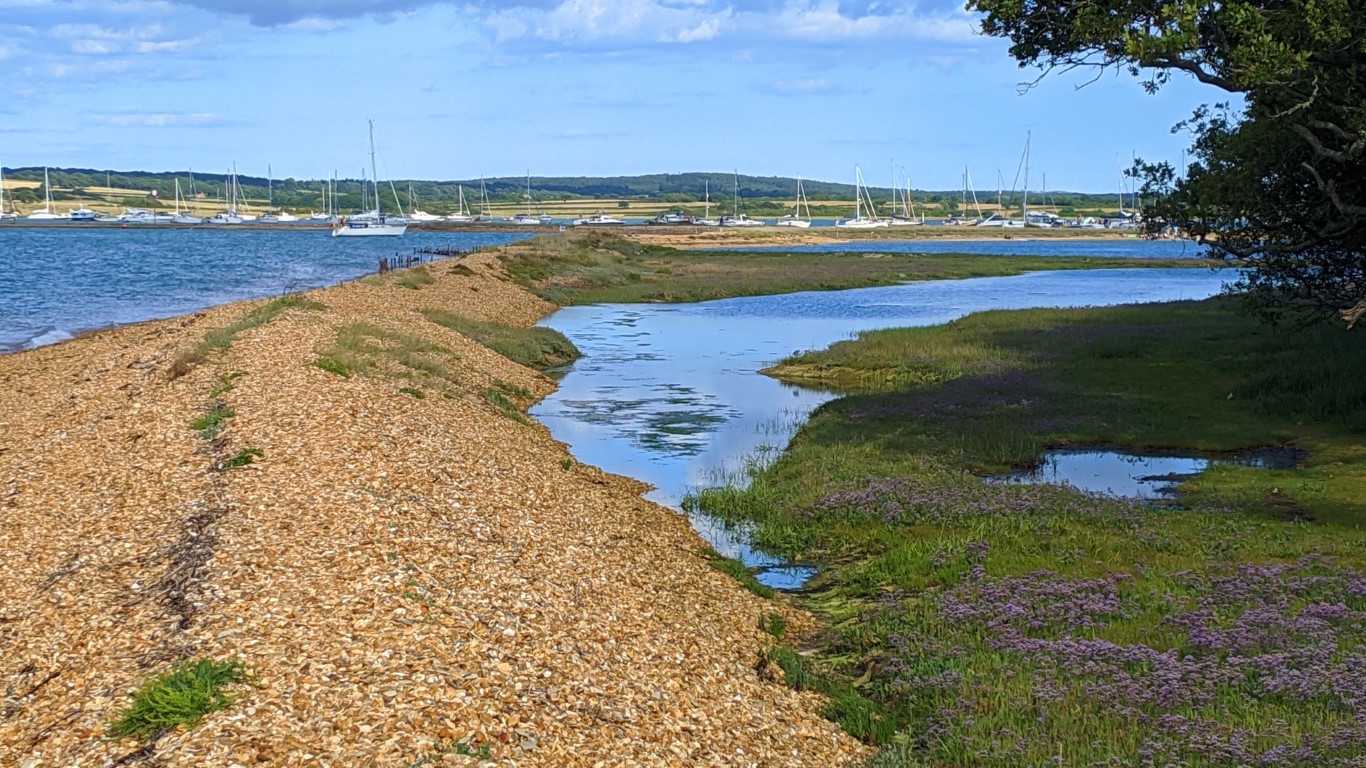Is the Isle of Wight bigger than Rutland at low tide?
- Complaining about the Mainland - 17th August, 2024
- New island designation – is it just greenwash? - 26th April, 2024
- Police and Crime Commissioners – a solution or a problem? - 21st April, 2024
Is the Isle of Wight bigger than Rutland at low tide? This question has been having a bit of a battle on the Isle of Wight page at Wikipedia. I’m interested in this question, for, although like much of Wikipedian debate it involves dancing on the head of a pin, it also raises some interesting questions and sheds light on current proposals.
There are two issues here – firstly, does the dry land area of the Island get physically bigger at low tide? Obviously it does, whereas landlocked Rutland does not. So at some states of the tide the Island quite likely is bigger in area than Rutland, if one were to measure the exposed land instantaneously and record it. There’s not likely to be much dissent over that bare fact.
However the second, more controversial and interesting issue is how the area of a county is measured. In England, county administrative boundaries are measured from a zone known grandly as ‘The Extent of the Realm’ (ref: Ordnance Survey, ONS). In practice this is usually Mean Low Water except where some specific alteration has been made, for example to build a pier or include a sea-fort. The UK Office of National Statistics says:
‘Extent of the Realm’ is typically co-incident with Mean Low Water. However, the statutory boundaries of some administrative areas can include piers and jetties (some no longer existing) and sea areas bounding off-shore islands e.g. Flatholm in the Bristol Channel.
This boundary does not move and is not affected by the tide. There’s a good reason for this – imagine you wanted to submit a planning application for a pontoon on a shoreline. Do you submit it to the local planning authority (when the tide’s out of course), or to the body responsible for marine planning, the Marine Management Organisation (when the tide’s in)? Obviously a daft situation, and to avoid it the boundary is definite, and you know which authority is responsible (usually). So for administrative purposes, the boundary does not change with the tide. Now, it could rightly be argued that this is a fairly arbitrary limit to the county of the Isle of Wight. It’s equally arbitrary where the boundary of the county of Rutland begins and ends. You may as well take into account the level of water in Rutland Water – that must significantly affect the land-area of Rutland, surely?
I say that it’s essentially a comparison not dissimilar to ‘How long is the coastline of Britain‘, which, whilst useful in general, becomes more meaningless the greater the level of detail used. So I’d rather not have it on the Wikipedia page about the Isle of Wight – it seems the only other source for this amusing but fairly lightweight assertion is a statement on the TV programme QI. Others disagree. There was a lively debate about this very issue at Wikipedia in 2008 – and I was there in the thick of it (parts of this article I reused so you might recognise it). Pop along and see the fun, or join in if you agree – or disagree!
Follow-up – another perspective on this question. Spoiler, the Island is still bigger.
Article first published June 2008. Updated, including new links and references, 2014



